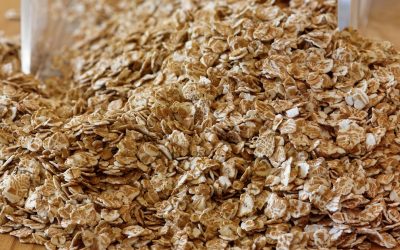News & Blogs
What are Additives and Admixtures in Concrete?
Over the past few years, the construction industry has experienced tremendous growth and development. This has necessitated the development of modern admixtures and additives. Additives and admixtures for concrete are chemical substances added to concrete to improve...
What Types of Admixtures are used in Concrete?
If you're looking for high-performing concrete admixtures, consider checking out the Bisley platform. We provide technically advanced raw materials required for concrete surface construction. We have been in business for decades; hence we manage to tailor our concrete...
What Is Lignosulfonate Used for?
Lignosulfonate, a by-product of wood pulping, has proven to be a versatile chemical with a broad range of applications across various industries. In this comprehensive overview, we delve into the unique attributes of sodium lignosulfonate and its widespread use in...
How Do You Get Calcium Sulphate?
Calcium sulphate (CaSO4) is a chemical compound made from calcium, oxygen and sulphur. The solid compound is inorganic with a molecular weight of 136.14g/mol and a melting point of 2,660°F (1460°C). Calcium sulphate is insolvent in water and most of the organic...
How Do You Use Copper Sulfate?
Copper sulfate, or copper sulfate pentahydrate (CuSO45H2O), is a versatile inorganic compound. Copper and sulfur are used to mix copper sulfate. It’s also known as bluestone and blue vitriol due to its bright blue colour. There are many benefits of copper. It has...
What is Aluminium Hydroxide used for?
Aluminium Hydroxide finds applications across different sectors. Here are some of the primary uses: Flame Retardant: Aluminum hydroxide is widely employed as a flame retardant in industries such as plastics, construction, automotive and electrical components. When...
What Is the Difference Between Zinc and Zinc Sulfate
Zinc is the second most abundant element in our body, behind iron. We only need trace elements for a healthy immune system, balanced sugar levels, good skin, sharp eyes and a strong heart. However, the body doesn’t store zinc; as a result, it needs to be consumed...
How Does Steel Fibre Improve the Strength of Concrete?
The Breakthrough in Civil Engineering In the 1970s, it was predicted that the limit of compressive strength would stay around 11,000 psi (pounds per square inch). That prediction was wrong, as technology can now make buildings with compressive strength up to 19,000...
How Is Calcium Carbonate Used in Food?
Calcium is found naturally in some food. This mineral is pertinent for your bone development and maintaining strong bones. Calcium carbonate can be used for people who have a calcium deficiency. People who can’t eat enough calcium-rich foods use calcium carbonate...
What Is the Use of Carbon Fibre Reinforced Concrete?
Fibre-reinforced concrete generally has more tensile strength than normal cement concrete, and it can be used in tough situations where there’s a lot of support needed. It displays a very high ductility strength and can prevent cracks from appearing. Fibre is a small...
What Are the Fibres Used in Concrete
The construction industry uses fibre reinforced concrete (FRC) for various applications like pavements, airfield aprons and precast pipes. Different materials imbue the concrete with their properties, so the fibre choice is determined by the application. Steel fibers...
How Do You Make Sodium Molybdate
Sodium molybdate is a chemical compound with several applications used in common industries and agriculture. The substance is synthesised through hydration. An aqueous solution of molybdenum trioxide evaporates, leaving sodium molybdate dihydrate. It’s an excellent...











